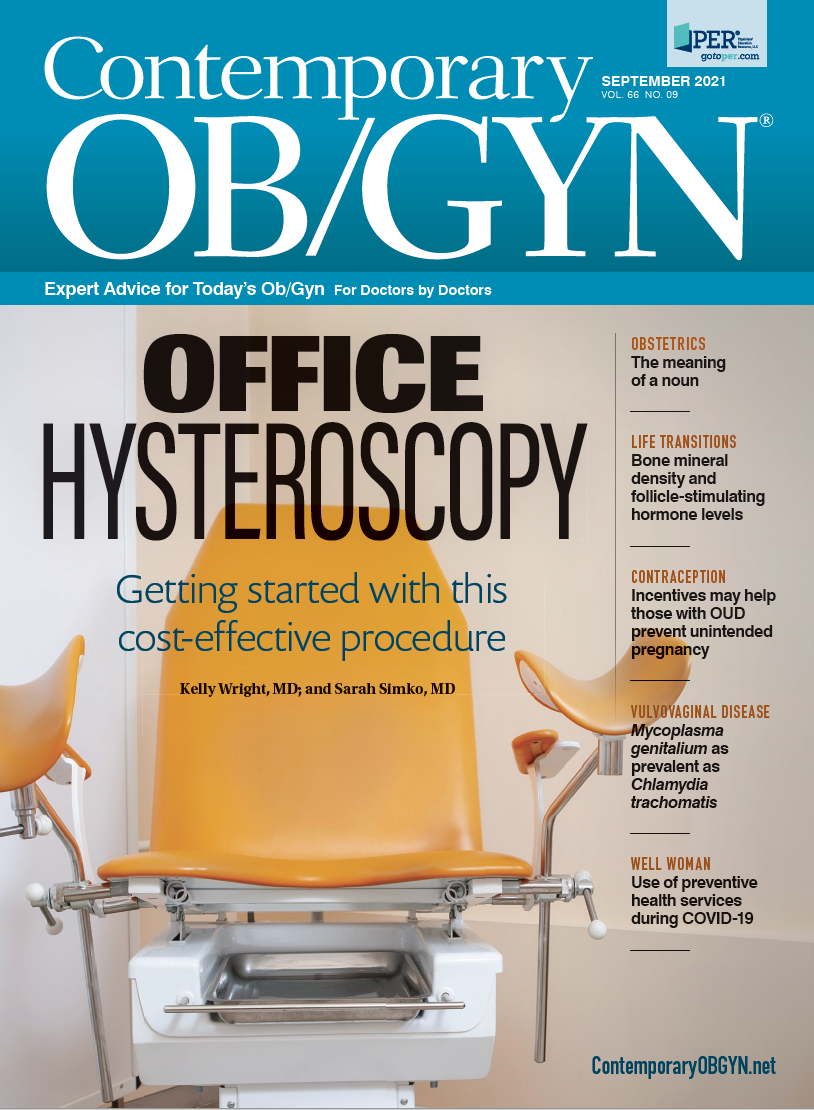Vaccines are our greatest weapon
As virus fights for its survival, vaccines remain our greatest weapon.
So it goes. Those three words were made famous by iconic author Kurt Vonnegut in his novel Slaughterhouse-Five. The phrase was repeated each time a character’s death was recorded, but today it has meaning for the living. As pointed out by The Guardian, the phrase implies fatalism, stoicism, and the acceptance that no use will come of shrinking away when the worst has happened.1
So it goes with COVID-19. We now have reached the stage of the pandemic where the virus has mutated in its attempt to survive. It is the nature of viruses, and COVID-19 is here to do battle. We hear of Delta and Lambda variants and know that Delta is the strain causing most illness and death among the unvaccinated in the United States. The virus is targeting the most vulnerable in the population, mainly those who are unvaccinated and children under 12 who cannot yet get vaccinated. With the availability of vaccines, why aren’t more people getting vaccinated? It’s a question that is frustrating physicians and professional medical associations alike, especially as we head into the fall and winter seasons. The Centers for Disease Control and Prevention (CDC) held a webinar on Aug. 17 outlining the need for COVID-19 vaccine booster shots for those who are immunocompromised as the US Food and Drug Administration issued emergency use authorizations for this population.2
But what about those who have not even received their first dose of the vaccine? How do physicians get through to those patients? Perhaps it is beneficial to state what we know: Infection risk is reduced by 91% for fully vaccinated people from mRNA vaccines, according to recent findings from the CDC.3 “COVID-19 vaccines are a critical tool in overcoming this pandemic,” CDC Director Rochelle P. Walensky, MD, MPH, said in a press release. “Findings from the extended time frame of this study add to accumulating evidence that mRNA COVID-19 vaccines are effective and should prevent most infections—but that fully vaccinated people who still get COVID-19 are likely to have milder, shorter illness and appear to be less likely to spread the virus to others. These benefits are another important reason to get vaccinated.”
Pregnant women are one segment of the population with a low vaccination rate. Only 22% of pregnant women have received at least 1 dose of the vaccine, according to the CDC. These findings prompted the American College of Obstetricians and Gynecologists and the Society for Maternal-Fetal Medicine to issue a press release on July 30 recommending vaccination for those who are pregnant.4
We have heard the frustration from physicians on the front lines, who are treating those who remain unvaccinated despite vaccine availability. Contemporary OB/GYN®Editor in Chief Catherine Y. Spong, MD, recently told us, “We are seeing terrible disease in those who are unvaccinated.” She practices at the UT Southwestern Medical Center in Dallas, Texas.
So it goes, but does it have to? We are at a point where perhaps new data will encourage the unvaccinated to take the shot. For some, it may be their only chance at survival. <
Mike Hennessy Sr
Chairman and Founder, MJH Life Sciences™

FDA approves Visby’s test for at-home STI identification
Published: March 28th 2025 | Updated: March 28th 2025The FDA has approved Visby Medical’s at-home sexually transmitted infection test, allowing women to screen for chlamydia, gonorrhea, and trichomoniasis without a prescription.
Read More
